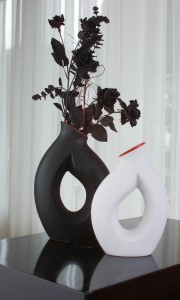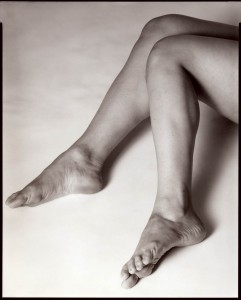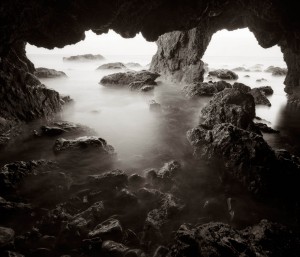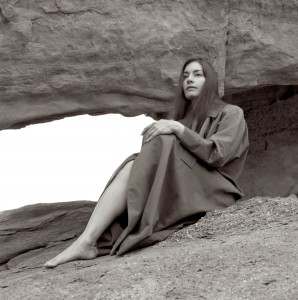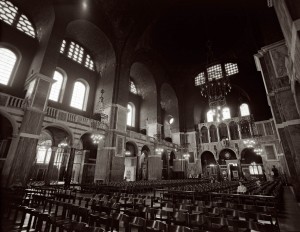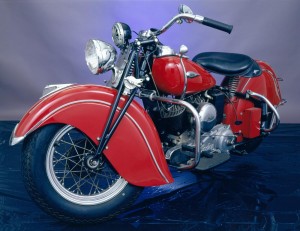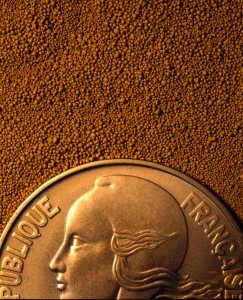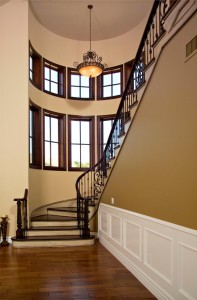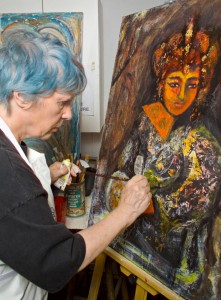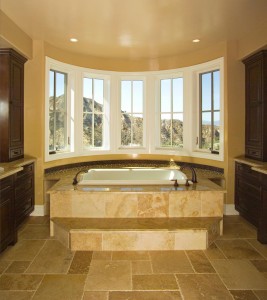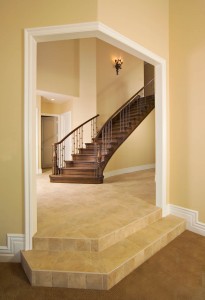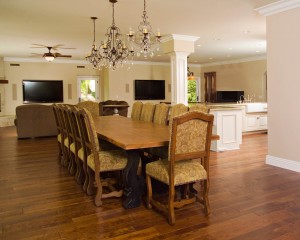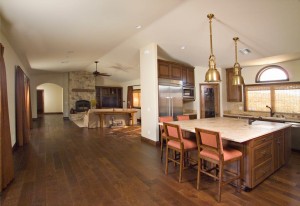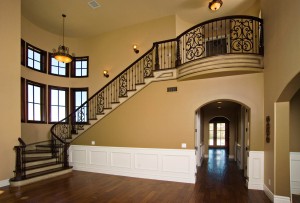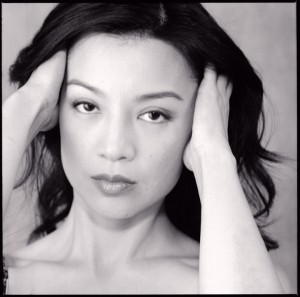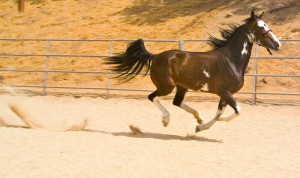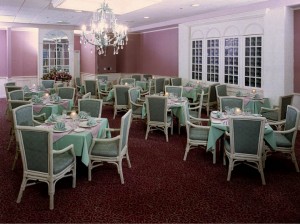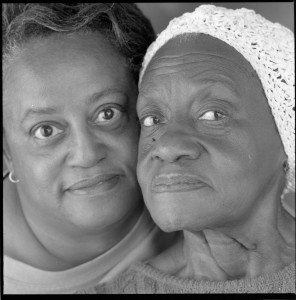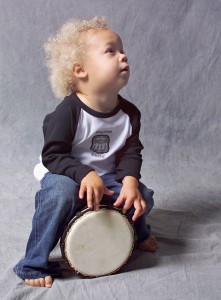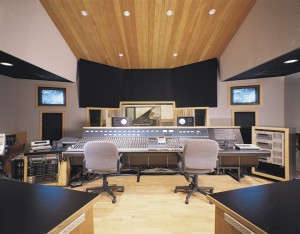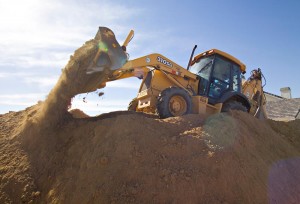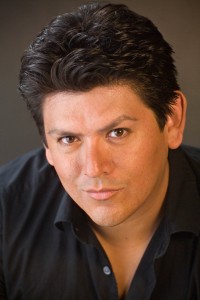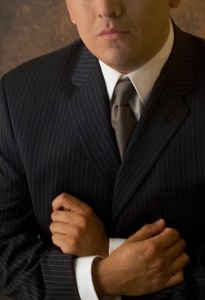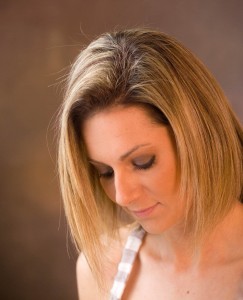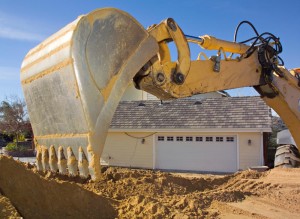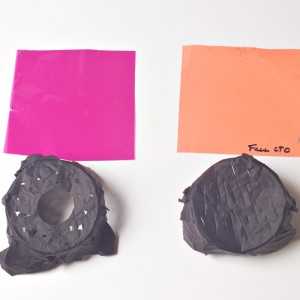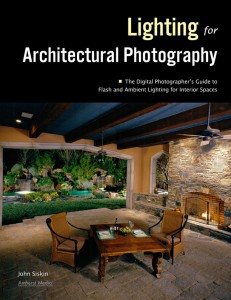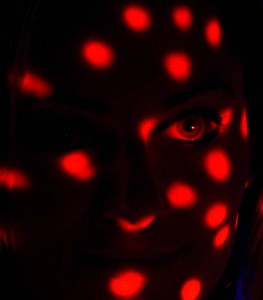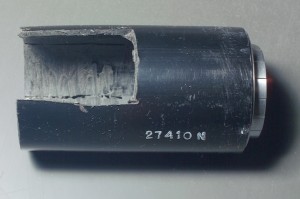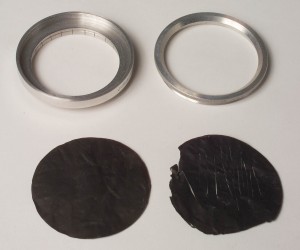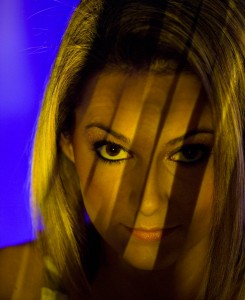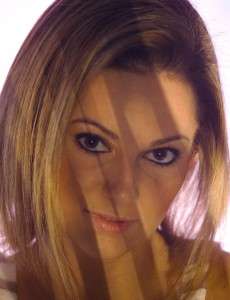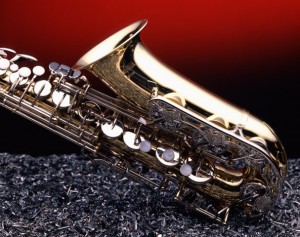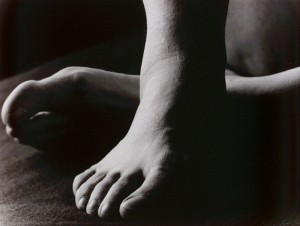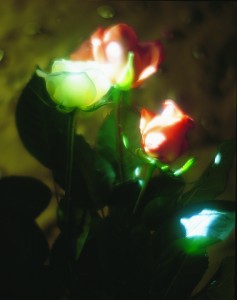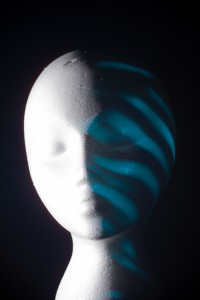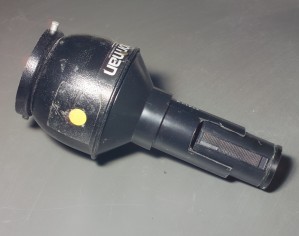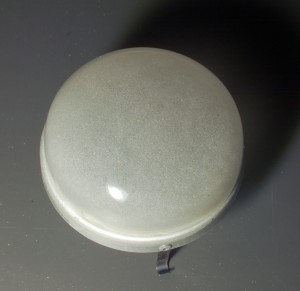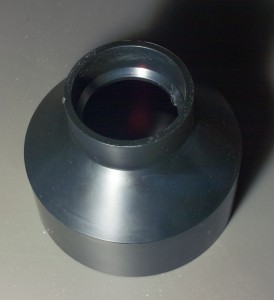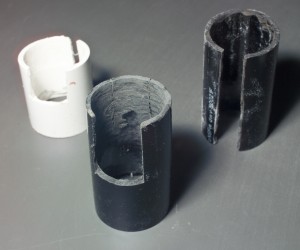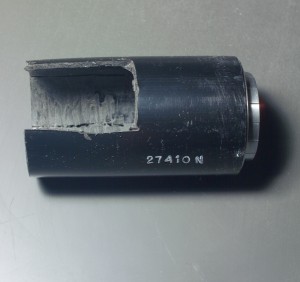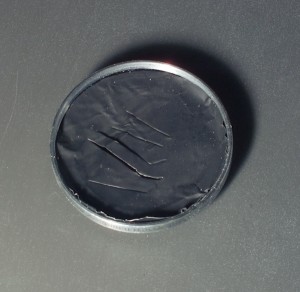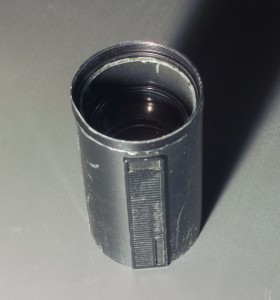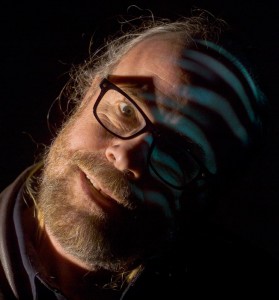Here are the shameless plugs: my book Understanding and Controlling Strobe Lighting: A Guide for Digital Photographers is on Amazon.com. Here is a sample chapter from the book. There has been nothing but good feedback on this book, so I would guess that you’ll like it. Of course I still hope that you will consider purchasing my fine art book B Four: pictures of beach, beauty, beings and buildings. Frankly purchases of this book mean a lot to me, and it is also a fine gift for any occasion. I lowered the price a couple of weeks ago, and that has helped. As you know I teach for BetterPhoto.com. I really hope you’ll sign up my class: An Introduction to Photographic Lighting.
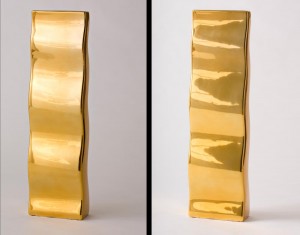 I just started doing some consulting for an importer. I am helping them to create better product photos for the web and other uses. I used to do a lot of product work, and, as with many types of photography, I do less product work now. It is just easier to do this work with a digital camera, so a lot of companies want to do the work in house. I’ve done a lot of this kind of consulting in the past and hope to do a lot more. I used to do a couple of courses at BetterPhoto that covered this kind of work, but they aren’t currently offered. In the last few days I have been thinking about doing a book on product photography that would be aimed at businesses. Please let me know if you need any help in this area, or other kinds of photography.
I just started doing some consulting for an importer. I am helping them to create better product photos for the web and other uses. I used to do a lot of product work, and, as with many types of photography, I do less product work now. It is just easier to do this work with a digital camera, so a lot of companies want to do the work in house. I’ve done a lot of this kind of consulting in the past and hope to do a lot more. I used to do a couple of courses at BetterPhoto that covered this kind of work, but they aren’t currently offered. In the last few days I have been thinking about doing a book on product photography that would be aimed at businesses. Please let me know if you need any help in this area, or other kinds of photography.
Of course there are many different kinds of product photographs. The simplest is a shot that proves that you have the thing. Many people do this kind of shot with their phones and post the images on eBay. This is a very simple level of communication: you can trust me to send you the item because you can see that I have the thing. The next big step up is doing images for catalog or the web. These are the sorts of images that give you real information about the item. Often you may make the decision to purchase the item from the picture. Where a description might say Chinese style vase, 24 inches high. A photograph can give you a wealth of information about the design, shape and color of the product. I can’t imagine making most buying decisions without a picture. Most businesses, especially if they already have a designer, can do this sort of work in house. While they may need to spend hundreds or even thousands of dollars, getting better product shots is worth it.
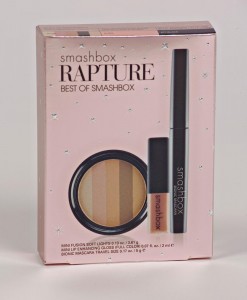
The foil is a bit of a challenge. There is a nice gradation of light that gives shape to a simple box.
At the highest level product photographs are designed to make people really want the product. So if you are making a shot of tomato soup or of a motorcycle the goal is to make people want to take out their wallet. Very often a professional photographer is better suited to this work than trying to do it in house. A photographer should have more equipment, and may have very specialized equipment. Of at least as much importance as the equipment a photographer should understand how to design an image for maximum impact. In addition to a skilled photographer, a stylist is often essential. This is a person with skills in presenting a product in the best environment and in the best condition.
A good product photograph should define the shape of the product: Not just the front, but how deep is it? You want to pick an angle that gives a good sense of all the dimensions of the product. If the product does something, lights turn on or wheels turn, it is often important to show these details. Accurate color is impossible on the web, because users set their monitors differently, but you should do the best you can with color in all circumstances. If the food looks sort of green it won’t help sales. When you do photographs for print you can control color, so find out about what color space will be used for your shots. Very often I like to show products in and out of packaging. If you are selling grape nuts well you might want to have some in the shot, but you will also need the package so people will know what to buy.
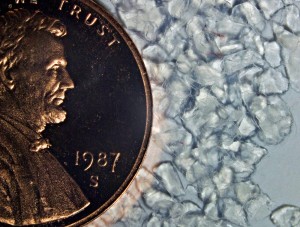
This micro shot shows the details of a very small product, and also helps to define the size of the product. It can help to use an object of known size in a shot.
The light should also help to define the shape of the product. So the light on the top of the product should be different from the light on the front. This will make things more three-dimensional. You may want to have a gradation across the product as well. All of this helps to make the shot of the product feel real, and that helps to sell the product. Remember that your job is to make shots that do sell the product, and to do that you want to know about the way the shot will be used. A shot for a large print option is different than a thumbnail for the web.
Who knows I may be talking about product for more blogs? Let me know if you have any questions on this topic. I have changes the blogs so it is easier to leave a comment. As a result I have had many people try to post information about pharmaceuticals and pornography, so I would value real comments.
I hope that this weeks images feel at least marginally related to the subject of the blog, they are all jobs I’ve done for clients. Thanks, for your attention.
